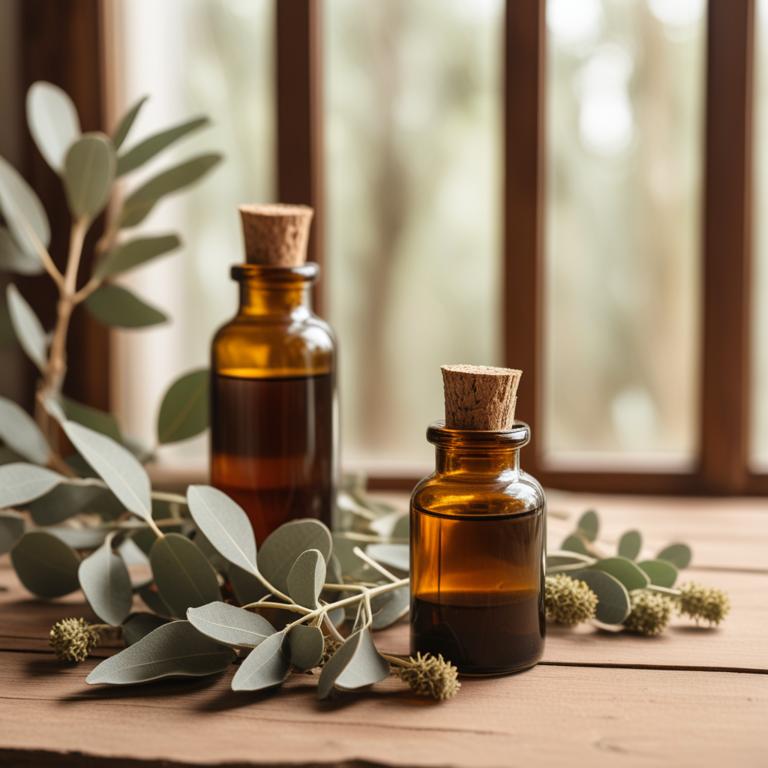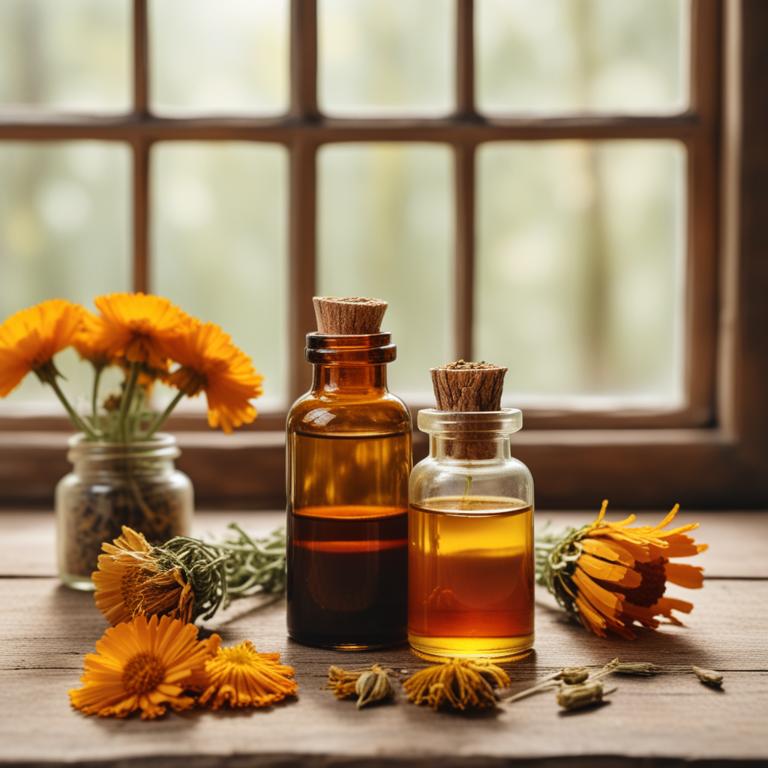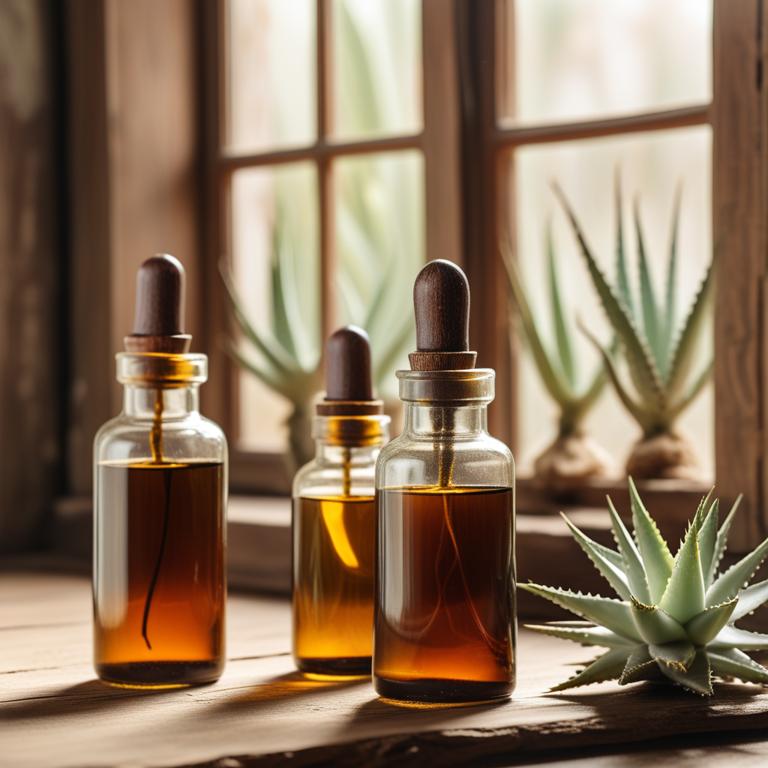11 Best Herbal Tinctures For Fungal Skin Infection

Herbal tinctures for Fungal skin infection are liquid extracts made from plants that have been used to treat various fungal infections, including those affecting the skin.
These tinctures offer several benefits, such as being non-invasive, natural, and often more cost-effective than traditional treatments.
Examples of herbal tinctures used to treat fungal skin infections include Tea Tree oil, which has antimicrobial properties that help combat fungal growth, and Olive Leaf extract, which has antifungal properties that can help soothe and heal affected skin.
Other herbal tinctures used to treat fungal skin infections include Garlic, which has antifungal and antibacterial properties, and Echinacea, which can help boost the immune system and reduce inflammation.
According to "Health science reports", tinctures for fungal skin infection, such as those made from herbal and herbonanoconjugate extracts, have been shown to be safe and effective in managing fungal dermatophytosis due to their fungicidal and fungistatic properties.
Below there's a list of the 11 best herbal tinctures for fungal skin infection.
Also you may be interested in...
TODAY'S FREE BOUNDLE
Herb Drying Checklist + Herbal Tea Shopping List + Medicinal Herbs Flashcards
Enter you best email address below to receive this bundle (3 product valued $19.95) for FREE + exclusive access to The Aphotecary Letter.
$19.95 -> $0.00
1. Calendula officinalis tinctures

Calendula officinalis tinctures have been traditionally used to treat fungal skin infections, such as ringworm and athlete's foot, due to their antifungal and anti-inflammatory properties.
The bioactive constituents, including triterpenoids and flavonoids, in Calendula officinalis tinctures help to inhibit the growth of fungi and reduce inflammation, promoting healing and soothing of the affected skin.
The tincture's antiseptic properties also help to prevent the spread of infection and promote a healthy environment for the skin to recover.
By using Calendula officinalis tinctures, individuals can experience the benefits of reduced symptoms, faster healing, and a lower risk of complications associated with fungal skin infections.
Related Study
According to "BMC veterinary research", Calendula officinalis tinctures for fungal skin infection have been shown to exhibit antifungal effects, making them a potential new option for the treatment of dermatophytosis in dogs.
2. Aloe barbadensis tinctures

Aloe barbadensis tinctures have been traditionally used to treat fungal skin infections such as ringworm and athlete's foot due to their antifungal properties.
The polysaccharides, particularly acemannan and glucomannan, present in Aloe barbadensis tinctures, exhibit potent antifungal activity that helps to inhibit the growth of fungi and reduce symptoms of the infection.
Additionally, the antimicrobial and anti-inflammatory properties of Aloe barbadensis tinctures help to soothe and calm the affected skin, promoting faster healing and reducing discomfort.
The benefits of using Aloe barbadensis tinctures to treat fungal skin infections include reduced risk of transmission, faster recovery time, and fewer side effects compared to conventional treatments.
Related Study
According to "Journal of the American Academy of Dermatology", Aloe barbadensis tinctures for fungal skin infection may be beneficial due to the existing scientific studies supporting an antifungal effect for the substance(s) in aloe vera.